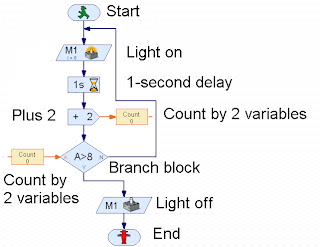It sums up a green energy project in Rio for the 2016 Olympic Games.
Concept
The aim
of this project is to ask how the classic concept of a landmark can be
reconsidered. It is less about an expressive, iconic architectural form; rather,
it is a return to content and actual, real challenges for the imminent
post-oil-era. This project represents a message of a society facing the future;
thus, it is the representation of an inner attitude. Our project, standing in
the tradition of “a
building/city as a machine”, shall provide energy both to the city
of Rio de Janeiro and its citizens while using natural resources. We hope to
attain an international Olympic message with a political appeal. After hosting
the United Nation’s Earth Summit in 1992, Rio de Janeiro will once again be the
starting point for a global green movement and for a sustainable development of
urban structures. It will perhaps even become a symbol for the first zero carbon
footprint Olympic Games.

Approach
The
project consists of a solar power plant that by day produces energy for the city
respectively the Olympic village. Excessive energy will be pumped as seawater
into a tower. By night, the water can be released again; with the help of
turbines, it generates electricity for the night. The electricity produced can
be used for the lighting of the tower or for the city. On special occasions,
this “machine
building” turns into an impressive wonder of nature: an urban
waterfall, a symbol for the forces of nature. At the same time, it will be the
representation of a collective awareness of the city towards its great
surrounding landscape. Via
an
urban plaza located 60 meters over sea level you gain access to the building.
Through the amphitheatre, you reach the entrance situated on the ground
floor.
Organisation
Both
entrance area and amphitheatre can serve as a place for social gatherings and
events. The public spaces are also accessible from this point on. The cafeteria
and the shop are situated beneath the waterfall and offer a breathtaking view.
The public elevator takes the visitor to the observation decks and the urban
balcony. The administration offices can be reached directly from the foyer. Its
inner circulation is organised by an own entrance and the elevator. The
semi-public spaces are located in the back area of the building; thus, they can
be used separately. A retractable platform for bungee jumping is located on
level +90.5. Long distance observation can be done from the observation deck on
level +98.0. The urban balcony is situated at the top of the tower 105 meters
above sea level. Here the visitor has a 360° view of the landscape and can
experience the waterfall while walking over the glass sky walk.
























